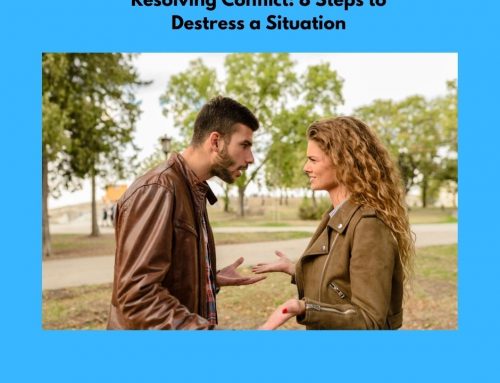WHAT DO KIDS WORRY ABOUT?
- GRADES
- TESTS
- CHANGING BODIES
- HEALTH AND MORTALITY
- FITTING IN WITH FRIENDS
- DOING WELL IN THEIR CHOSEN SPORT
- WHETHER THEY’LL MAKE A TEAM
- SOCIAL TROUBLES LIKE CLIQUES
- PEER PRESSURE
- WHETHER THEY’LL BE BULLIED, TEASED OR LEFT OUT
- WORLD EVENTS OR ISSUES THEY HEAR ABOUT ON THE NEWS OR AT SCHOOL
- TERRORISM
- WAR
- POLLUTION
- GLOBAL WARMING
- ENDANGERED ANIMALS AND…
- NATURAL DISASTERS
HOW TO IDENTIFY IF YOUR CHILD MAY BE STRUGGLING WITH ANXIETY:
- Recurring headaches or stomach aches
- Trouble sleeping or relaxing, nightmares or night terrors
- Eating more often or finding it difficult to eat at all
- Fear, crying
- Perfectionism
- Poor memory or concentration
- Quieter than usual, withdrawal from activities and family interactions
- Not wanting to go to school
- Not feeling well, rapid heart beat
- Pessimism and negative thinking patterns such as imagining the worst, over exaggerating the negatives, rigidity and inflexibility, self-criticism etc…
- Nervous, constant worry about things that may happen or have happened
- Procrastination
- Avoidance behaviors such as avoiding places, refusing to do things, avoiding friends
WHAT NOT TO SAY TO AN ANXIOUS CHILD AND 5 THINGS TO SAY INSTEAD:
Don’t Say…
- “It’s going to be ok. Trust me.”
- “There’s nothing to be scared of.”
- “Let me tell you all the reasons you don’t have to worry.”
- “Stop being such a worrier!”
- “We don’t understand why you’re so worried.”
When trying to figure out what to say to your anxious child, remember, anxiety is not logical. When your child is feeling anxious, they are most likely experiencing a typical stress response known as fight or flight. It’s an actual chemical response to anxiety which causes the body to go into survival mode and makes it difficult to be reassured with words. Here are 5 techniques to try instead…
- Respond to your child’s nervous system first. Help them calm down with deep breathing exercises.
- Validate your child’s feelings using Reflective Listening. “I see that you’re feeling scared. I’ve been scared before too and I know what it feels like.
- Try a meditation technique called Imagery. This will help sooth your child’s nervous system. Ask your child to create a mental image of a pleasant, quiet and relaxing place in their mind. Ask them to breathe in and out in a steady way while describing this imagery to you. Once your child is calm, discuss the idea that feelings are not necessarily facts. Through self-talk, challenge the negative feelings by saying “Hey, I don’t think that’s really true!”
- Try your best not to label your child as a worrier. Instead, when they’re more relaxed, explain that worrying has a purpose and that everyone experiences nervousness at some point.
- When your child feels worried or anxious, try to connect with them by recalling a time that you felt nervous or fearful. At that point it will be easier for you to empathize and say “I get it.” It will go a long way to helping your child feel understood.









